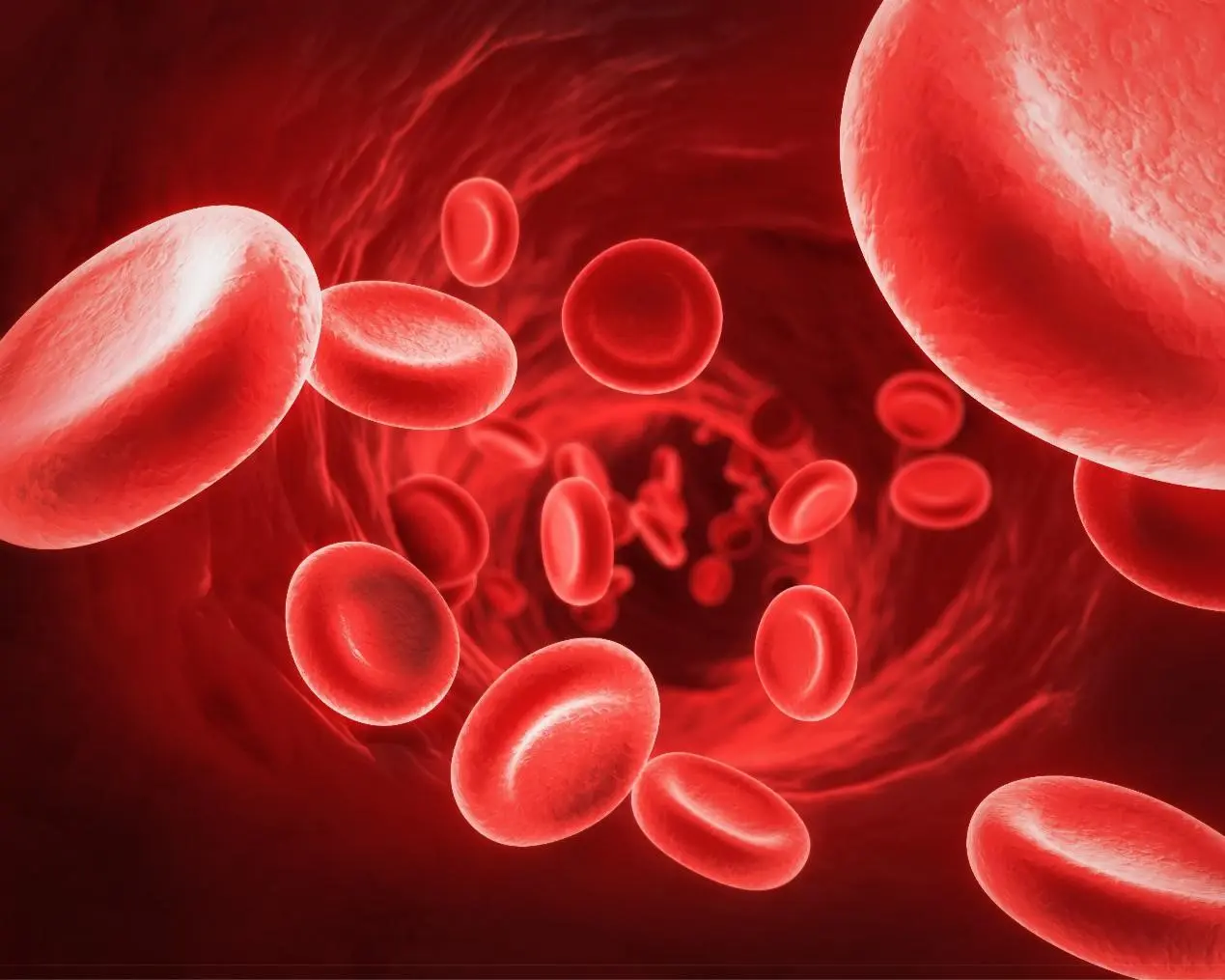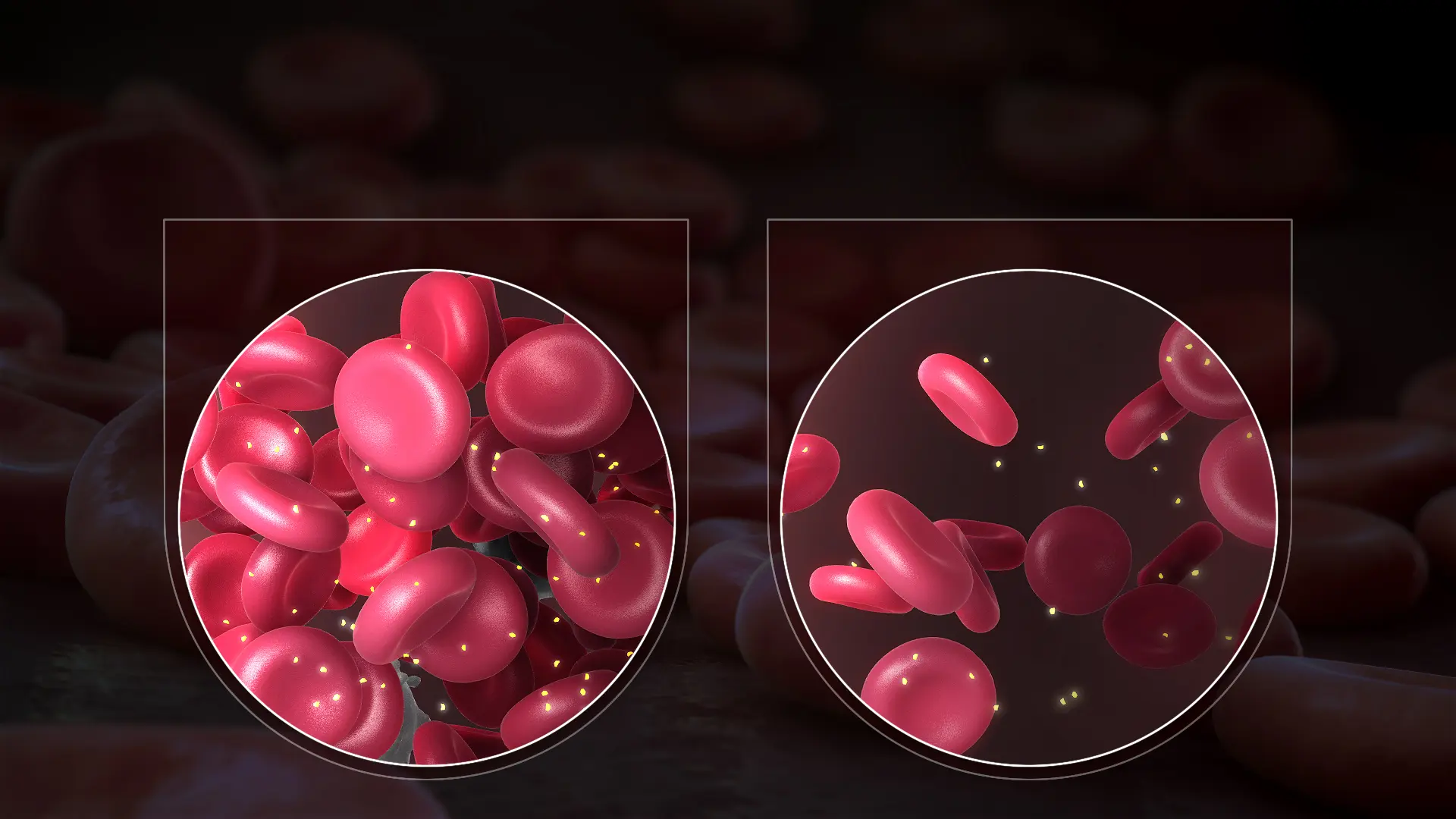Can Iron Deficiency Anemia be Cured?
Sometimes
Management involves correcting the underlying cause and replenishing iron levels; outcomes depend on the severity of anemia and the success of treatment

What is Iron Deficiency Anemia?
Iron deficiency anemia occurs when the body lacks sufficient iron to produce an adequate number of red blood cells. Symptoms may include fatigue, weakness, and pale skin. Treatment involves iron supplementation, dietary changes, and addressing the underlying cause of the deficiency.

Clinical Aspects

Characteristics
Condition characterized by a deficiency of iron in the body, leading to a decrease in the number of red blood cells and insufficient oxygen delivery to tissues

Symptoms
Fatigue, weakness, pale skin, shortness of breath

Diagnosis
Blood tests, sometimes additional tests

Prognosis
Generally good with appropriate treatment

Complications
Fatigue, complications affecting multiple systems
Etiology and Treatment

Causes
Inadequate dietary iron intake, blood loss (menstruation, gastrointestinal bleeding), poor iron absorption

Treatments
Iron supplementation, dietary changes to include iron-rich foods, treatment of underlying causes (e.g., addressing bleeding)

Prevention
Iron supplementation, dietary changes to include iron-rich foods, treatment of underlying causes (e.g., addressing bleeding)
Public Health and Patient Perspectives

Epidemiology
Decreased levels of red blood cells due to insufficient iron

Patient Perspectives
Iron supplementation, dietary changes
As always, consult with healthcare professionals for personalized advice and care.
Share: